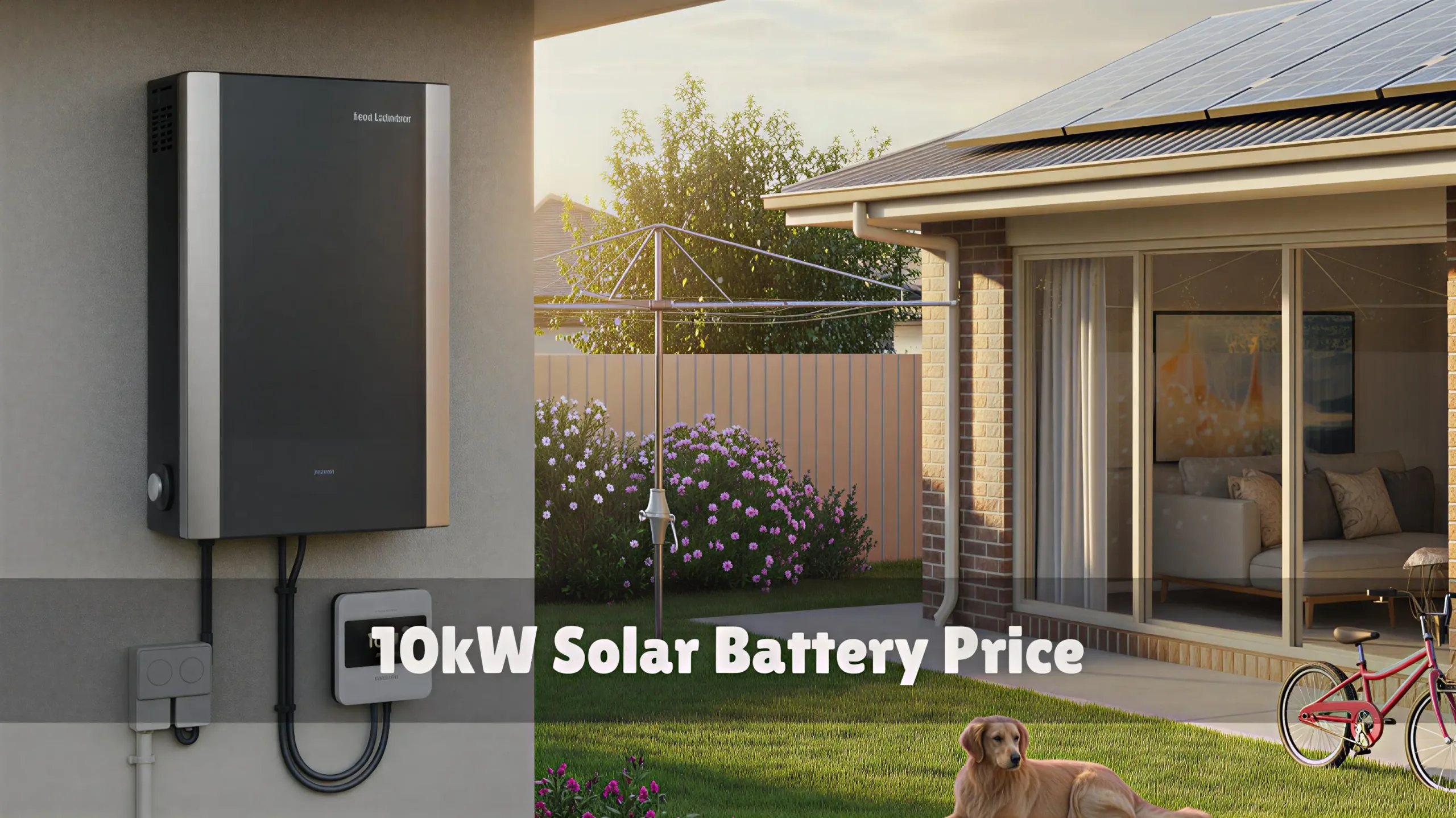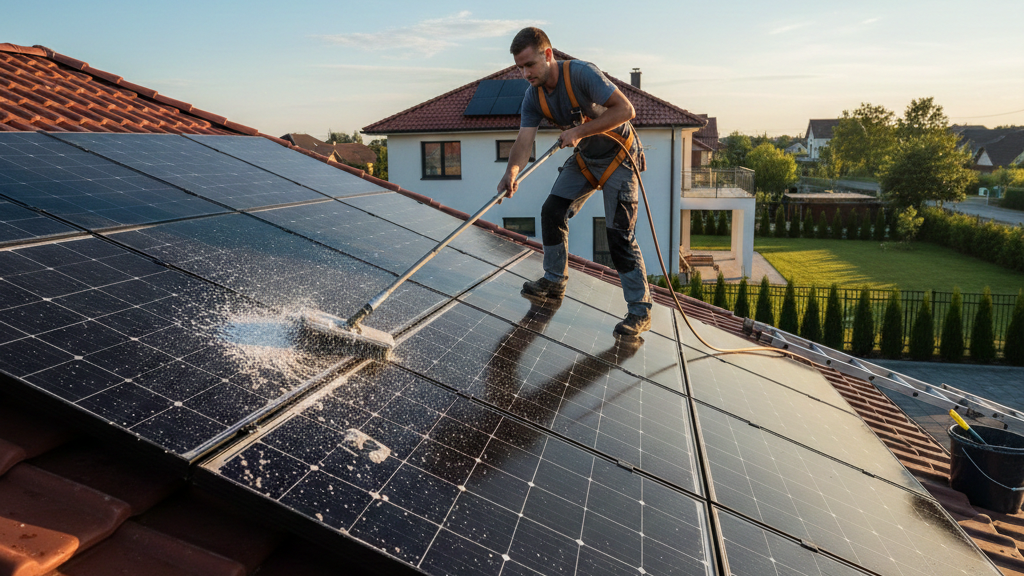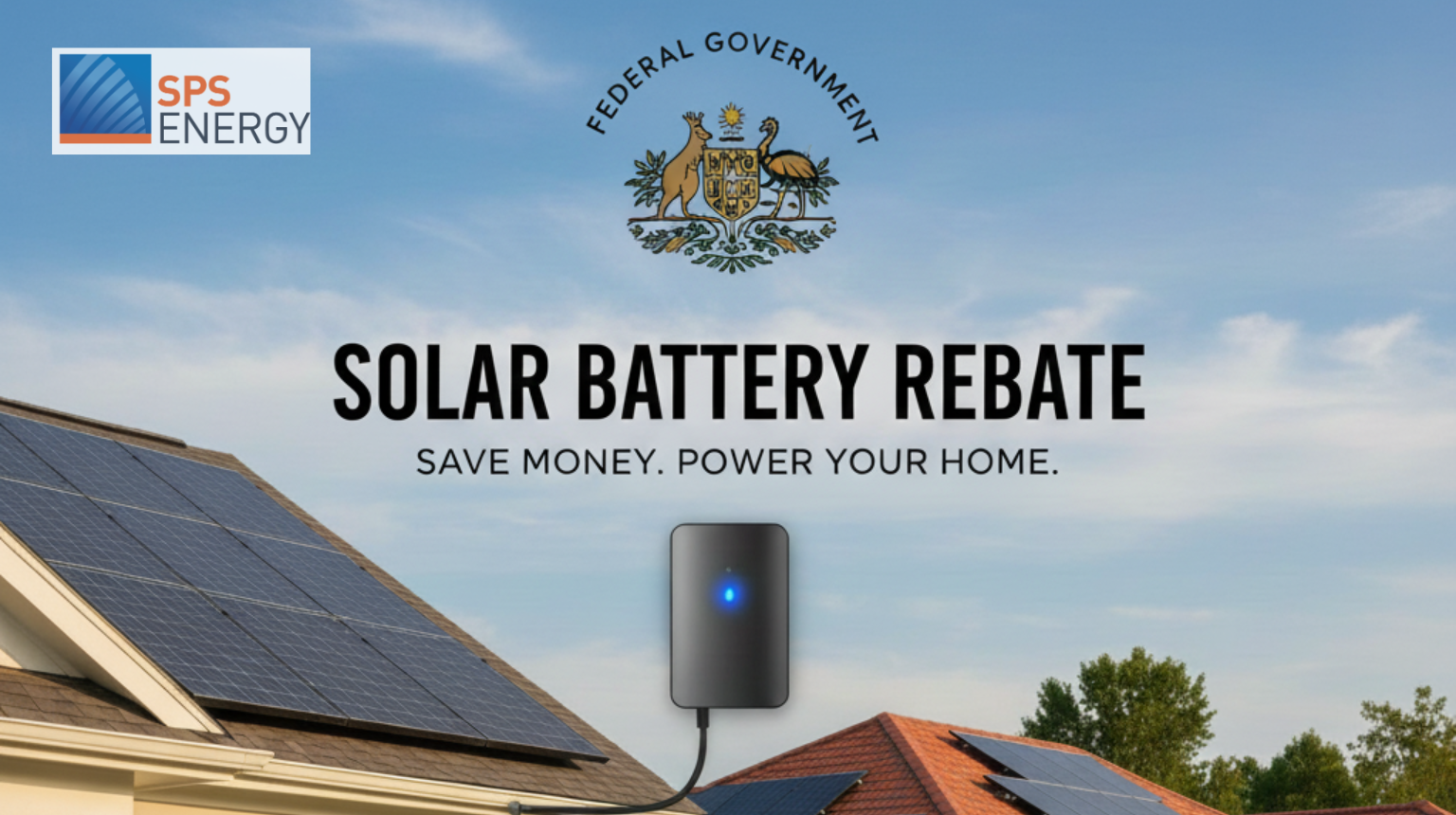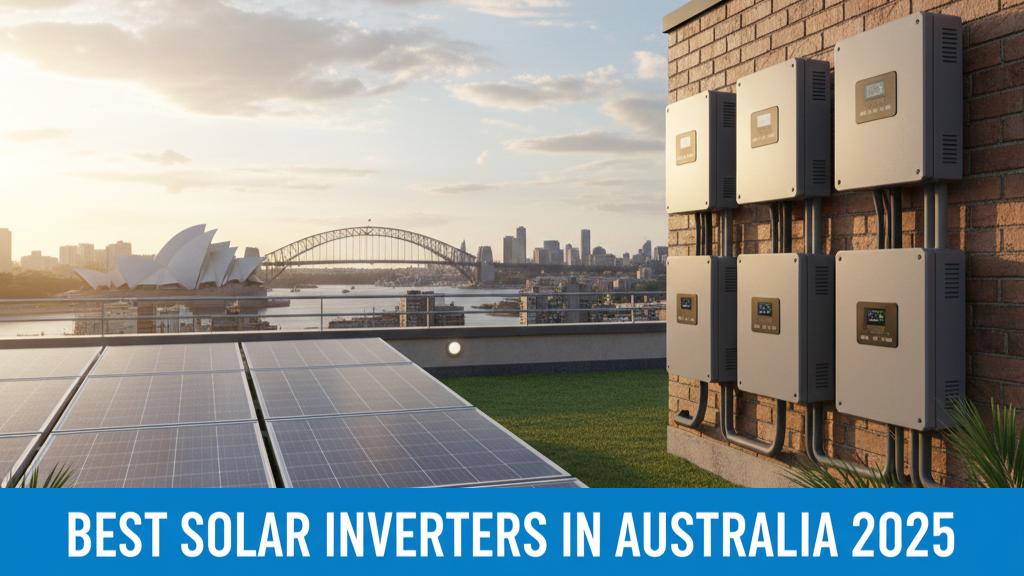Table of Contents
Are you thinking about installing solar panels for your home or business? One of the first things you need to know is how much solar modules cost. In 2025, the prices of solar panels can vary a lot. Things like the type of panel, the brand, and government rebates like the STC Rebate Scheme all affect the cost.
In this guide, we will explain everything you need to know about solar module costs. We will also show you how to save money with rebates and incentives.
What Are Solar Modules?
A solar module is the part of a solar panel system that converts sunlight into electricity. People often call them solar panels, but technically a module is just the hardware.
Knowing the cost of the module is important because it is usually 40–50% of the total system cost. If you are planning a 6.6kW Solar System, the choice of module can make a big difference in price and energy output.
Average Solar Modules Cost in Australia (2025 Update)
Here are the average solar module prices for 2025 in Australia:
| System Size | Average Module Cost (AUD) | Cost per Watt (AUD) |
| 3–5 kW | $3,000 – $4,000 | $0.80 – $1.10 |
| 5–10 kW | $4,500 – $8,000 | $0.75 – $1.05 |
| 10 kW+ | $8,500 – $12,000 | $0.70 – $0.95 |
These prices can change depending on where you live, the type of module, and the brand. You can also reduce costs by using Solar Panel Incentives offered by the government.
Factors That Affect Solar Module Cost
The cost of a solar module depends on several things:
1. Type of Module
| Module Type | Efficiency | Cost per Watt | Lifespan |
| Monocrystalline | 20–23% | $0.95 – $1.10 | 25+ years |
| Polycrystalline | 15–18% | $0.80 – $1.00 | 20+ years |
| Thin-Film | 10–12% | $0.70 – $0.90 | 15–20 years |
- Monocrystalline: Most efficient but most expensive.
- Polycrystalline: Cheaper but slightly less efficient.
- Thin-Film: Cheapest, lower efficiency, best for large roofs.
2. Brand
Popular brands in Australia include Jinko, Trina, Longi, and SunPower. Premium brands often last longer and generate more energy, but they cost more upfront.
3. Wattage and Efficiency
Higher wattage modules make more electricity per panel but cost more. If you have limited roof space, high-efficiency panels can save space and give more energy.
4. Location and Market Conditions
Prices can change depending on shipping costs, GST, and local supply. Using rebates or our STC Calculator can help lower the total cost.
Comparison of Module Types and Brands
Here is a simple comparison to help you choose the best module for your system:
| Module Type | Brand | Cost per Watt | Efficiency | Warranty |
| Monocrystalline | SunPower | $1.05 – $1.10 | 22–23% | 25 years |
| Monocrystalline | Jinko | $0.95 – $1.00 | 20–21% | 25 years |
| Polycrystalline | Trina | $0.85 – $0.95 | 16–18% | 20–25 years |
| Polycrystalline | Longi | $0.80 – $0.90 | 15–17% | 20–25 years |
| Thin-Film | Various | $0.70 – $0.90 | 10–12% | 15–20 years |
Notice: Monocrystalline panels are ideal for smaller roofs because they produce more energy per square metre. Polycrystalline and thin-film panels are cheaper and good for bigger roofs.
How Government Rebates & STCs Can Lower Costs
The Small-scale Technology Certificates (STCs) scheme helps reduce the upfront cost of solar modules.
Example:
- 6.6 kW system module cost: $5,000
- STC rebate: $1,800
- Final cost after rebate: $3,200
STCs make it easier to afford solar, especially for larger systems like a 6.6kW Solar System.
Solar Module Cost per Watt: How to Compare
You can calculate cost per watt to compare panels fairly:

Example:
- 6.6 kW system module cost: $6,000
- $6,000 ÷ 6,600 W = $0.91 per watt
This helps you compare different modules, brands, and system sizes.
Extra Costs to Think About
Buying a module is not the only cost. You also need to consider:
- Shipping and handling
- Import fees
- Warranties and service fees
- Solar panel Installation cost (labour, permits, equipment)
- GST and other taxes
Tips to Reduce Solar Module Costs
- Pick high-efficiency modules to need fewer panels.
- Compare several brands before buying.
- Use Solar Panel Incentives and the STC Rebate Scheme.
- Bigger systems sometimes give a lower cost per watt.
Conclusion
Understanding the solar modules cost in 2025 helps you make smart decisions about switching to solar power. Prices can change based on the type of module, brand, and government rebates, but going solar is still one of the best long-term investments for Australian homes.
At SPS Energy, our team of expert solar installers in Eumundi helps you find the right system at the right price. We offer professional advice, quality solar products, and end-to-end installation services — all designed to give you maximum energy savings and reliability.







